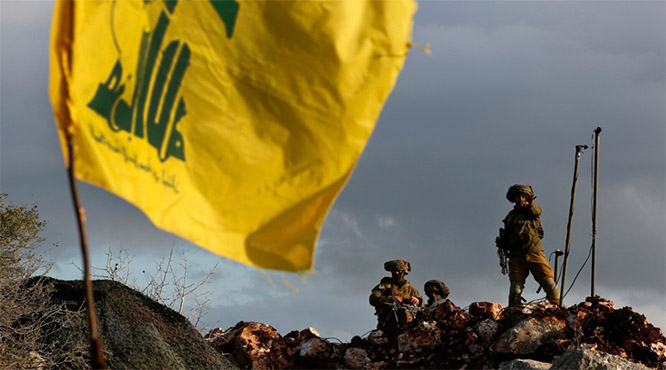
New Delhi, Aug 6: National Democratic Alliance (NDA)'s candidate Jagdeep Dhankhar has been elected India's 14th Vice President on Saturday. He secured 528 votes. Opposition pick Margaret Alva who got 182 votes has lost.
Dhankar reached Parliamentary Affairs Minister Pralhad Joshi's residence at 11 Akbar Road before the announcement of the results for the Vice Presidential Election.
Lok Sabha Secretary General Utpal Kumar Singh, who was the presiding officer for the 16th Vice Presidential election, said that of the 780 MPs eligible to cast votes, 725 MPs cast their vote. Fifteen votes were found invalid and 710 votes were valid.
Described as ‘Kisan-Putra (farmer’s son)’ by the BJP, Dhankhar had said that he had never thought that a person like him with a modest background” would get the opportunity to serve as the second highest Constitutional post.
“I was born in a farmer’s family. I had to walk around 6km to my school,” said Dhankhar, who recently quit as West Bengal Governor.
He was appointed as the Governor of West Bengal in 2019.
Around 93 per cent polling was recorded in the vice presidential election on Saturday, with more than 50 MPs not exercising their franchise.
Officials said of the total 780 MPs, as many as 725 MPs voted till 5 pm when the polling concluded.
The Trinamool Congress, which has 39 MPs, including 23 in Lok Sabha, had already announced its decision to abstain from the election.
However, two of its MPs -- Sisir Kumar Adhikari and Dibyendu Adhikari -- broke ranks and cast their ballots.
The next Vice-President of the country will take the oath of office on August 11, a day after the term of the incumbent Vice President M Venkaiah Naidu ends.
Janata Dal (United), YSRCP, BSP, AIADMK had announced support for Dhankhar. The Aam Aadmi Party (AAP), Jharkhand Mukti Morcha (JMM) and Telangana Rashtra Samithi (TRS) extended support to Alva.
Polling to elect the next Vice President of India began at 10 am.
The counting of votes began at 6 pm.
The Vice President of India, which is the second-highest constitutional post in the country, is elected through an electoral college consisting of members of the Rajya Sabha and the Lok Sabha.
All MPs of the Lok Sabha and the Rajya Sabha, including nominated members, are entitled to vote in the vice presidential election.
The two Houses of Parliament together have a sanctioned strength of 788 MPs, of which there are eight vacancies in the Upper House.
The Vice President of India is also the Chairman of the Rajya Sabha.







Comments
Add new comment